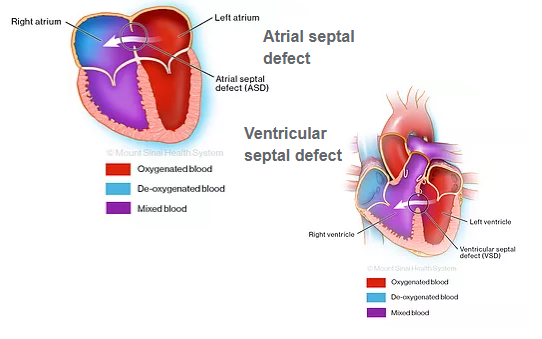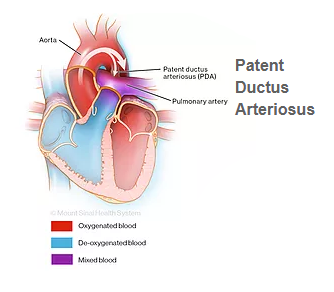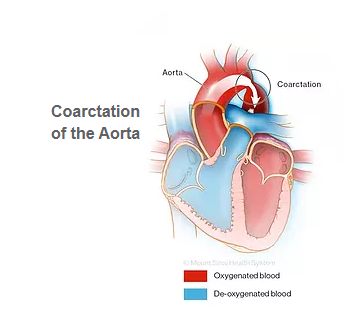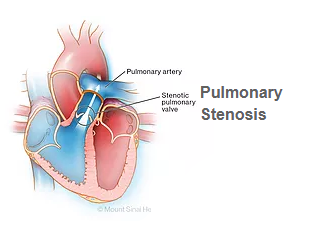Congenital Heart Surgery
Congenital heart defects are present at birth and cause problems with the heart’s structure. They often affect the normal flow of blood through the heart. There are many types of congenital heart defects, including defects that involve the inside walls of the heart, the valves of the heart, or the large blood vessels that carry blood to and from the heart. Many congenital heart defects are diagnosed prior to birth, in infancy, or in childhood. Some not picked up then, and are only diagnosed in adulthood. Other times, adults may need additional surgery for a congenital defect that was operated on previously.





